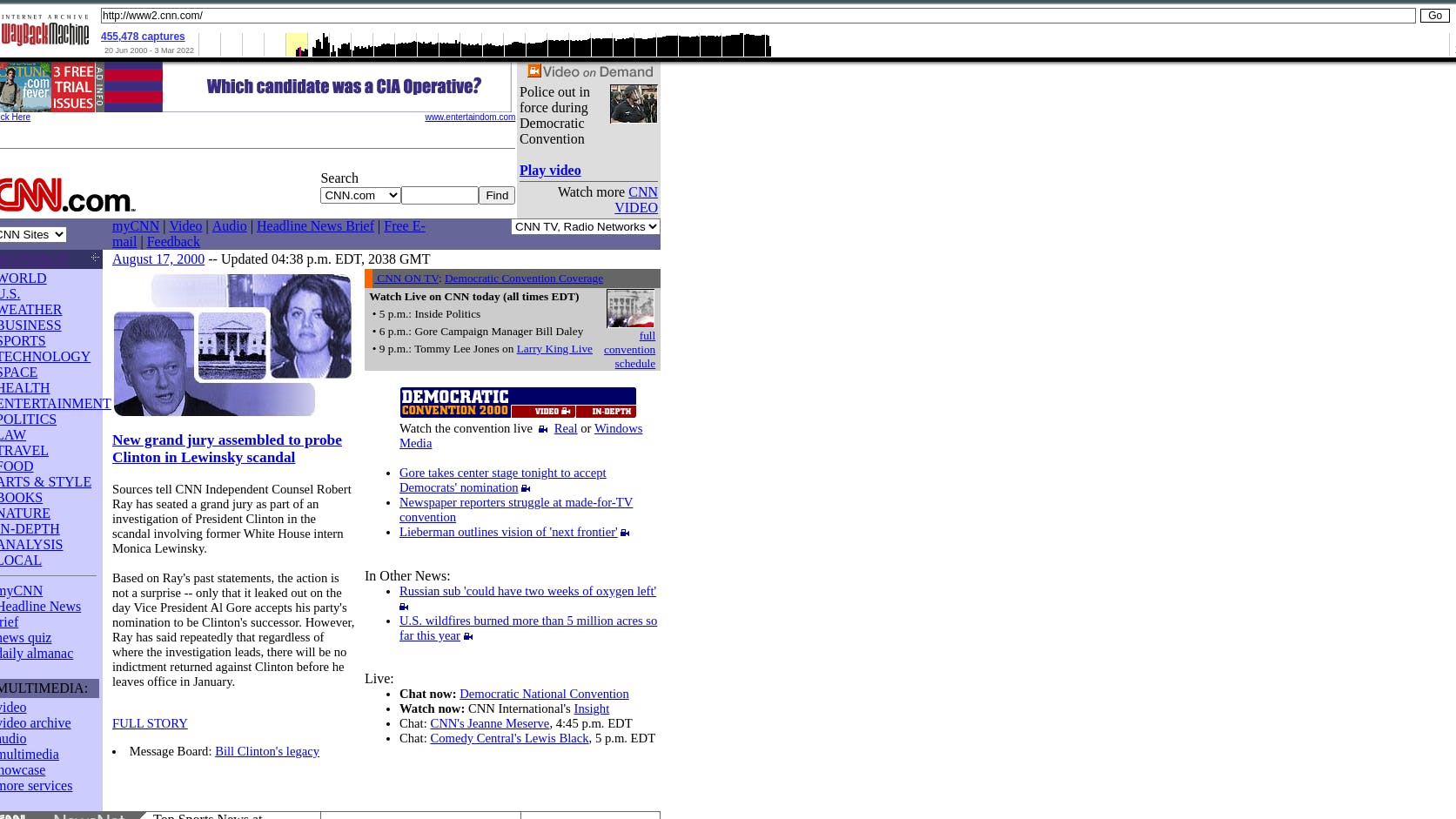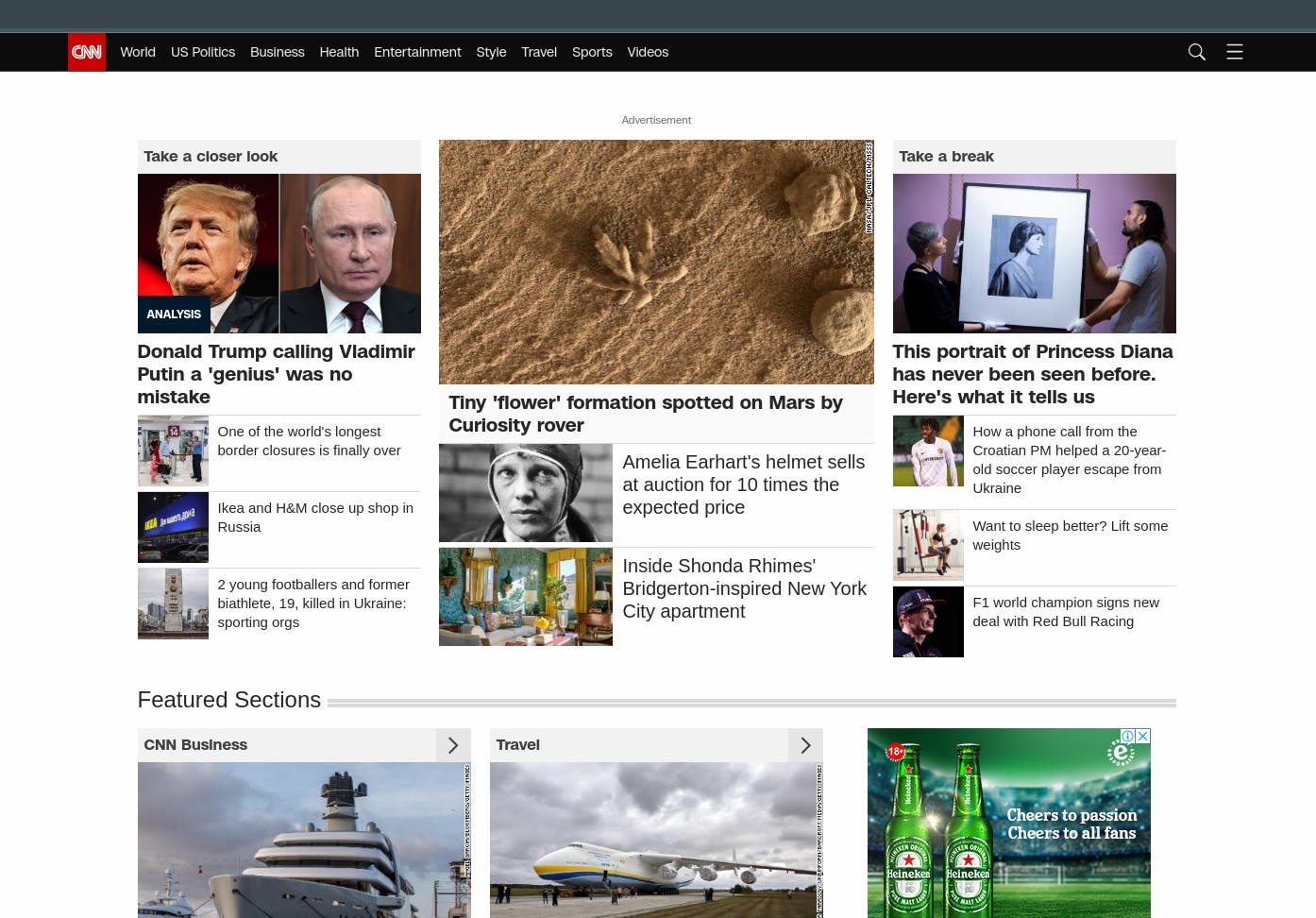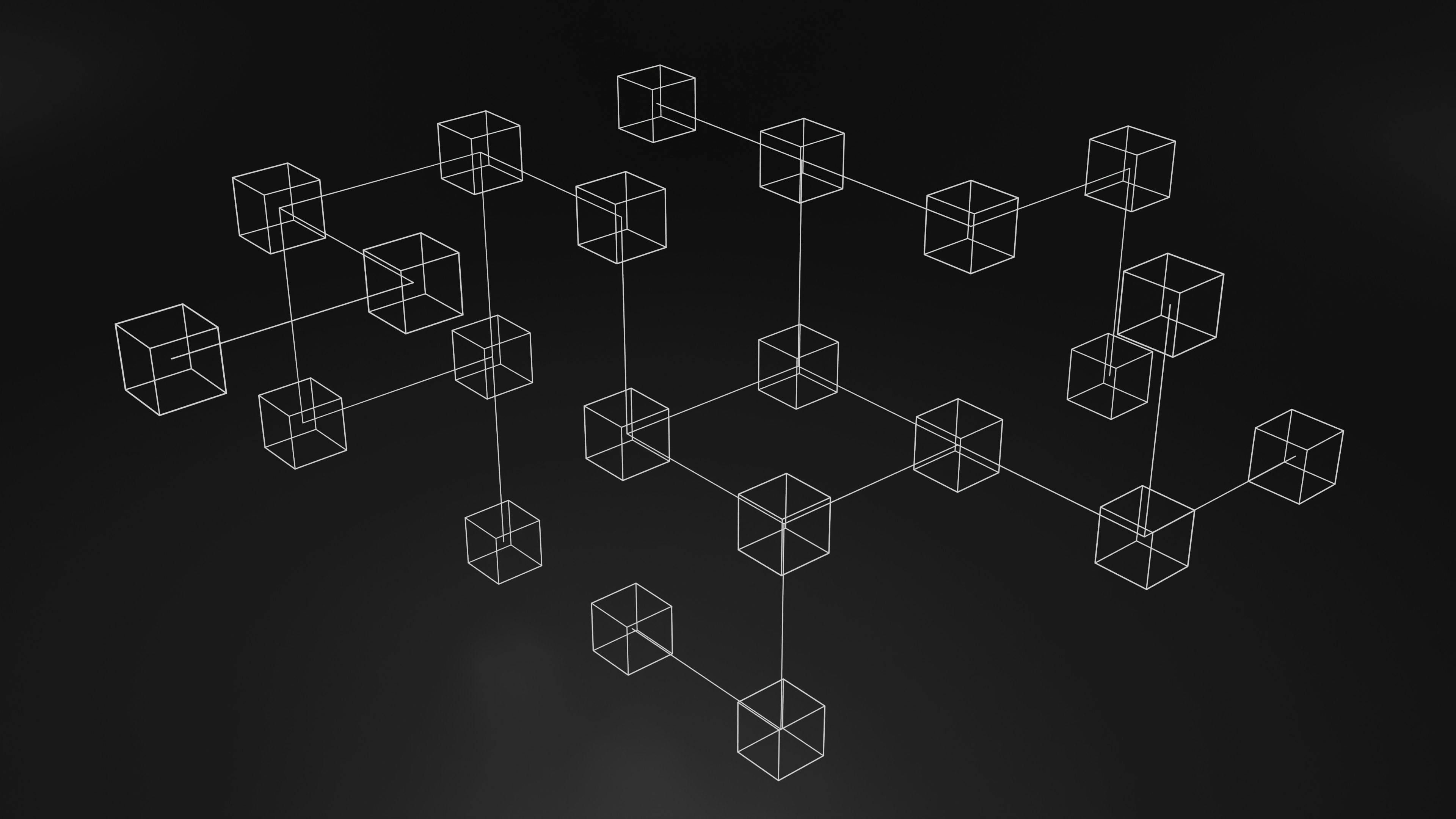Introduction
The history and evolution of the world wide web is a very interesting topic to look into, considering how the web has evolved ever since the very first days of the internet. This evolution can't be talked about without referring to the very first phase of the web;
Web 1.0 - The first phase of the web, characterized by non-interactivity. During this phase, the web was made up of static web pages that were served from the web servers. There was no such thing as interactivity in websites as we have today, so it makes sense to say that the web then just served the purpose of passing information and not receiving any data or input from users. This was between the late 1980s to sometime around 2005 (a pretty long period right?).


The web 1.0 period must have been so boring I guess🥴. But that is not the goal of this article. Special thanks to The Zuri team and Nestcoin for the great initiative of educating students on the technology of the moment which is as well the latest phase of the web(Web 3.0) through the already intriguing Blockgames challenge. As my first task for this challenge, in this article, I would be talking about some differences between web 2.0 and web 3.0.
Prerequisites
The only requirement to follow along with this write-up is a readiness to read some interesting stuff about the web. Let's dive right in!🚀
Web 2.0
In 2005, the internet must have been so proud, because the web took a very bold step from being the boring non-interactive technology to the dynamic system where users can now interact by accepting input from users and being able to generate content according to what data it receives from user input. First adoptions of web 2.0 include Facebook, Google, Amazon, etc... The majority of the web is still Web 2.0, think social media, blogging platforms, e-commerce platforms, media streaming platforms, and a whole huge amount of web apps out there. So web 2.0 isn't a whole new thing that requires deep explanation, since almost the whole world basically, has at one point or the other had some interaction with the web during the era of web 2.0 which isn't even over. Another major characteristic of web 2.0 is centralization, which implies that platforms and services that exist in web 2.0 work by having a central server hosted somewhere in the world which contains the database of stored credentials and user data. What this means is that a system failure on the server will lead to the unavailability of the platform or service rendered by the platform. Hence, the need for decentralization, which birthed "Web 3.0". Various examples of Web 2.0 platforms include Google, Facebook, Amazon, Whatsapp, and so much more...

Web 3.0
Web 3.0 is the next phase of the web building up around various Blockchain networks, which the world is gradually moving into. It is mainly characterized by Decentralization. The world has experienced a new wave of advancement in the world wide web since the creation of the first cryptocurrency: Bitcoin. This technology was built to achieve decentralization using blockchain technology. Decentralization of apps(Dapps), services, exchanges, and even financial infrastructure (DeFi) means that control is no longer in the hands of just one body or organization that may be referred to as owner, hence, individual users have their data in their hands and privacy protected. Therefore, it is sensible to say that: with blockchain technology, there is no one in control of anything as all systems are independent of one another, so if one fails or crashes, another one continues the job without any problems at all. And this is what Web 3.0 is all about. Transferring control from centralized systems to individuals. This indeed is a very huge breakthrough for the internet.

Major differences between Web 2.0 and Web 3.0
Centralization and Decentralization - This is the most basic difference between these two phases of the web. Think of a situation where a very big Fintech company decides to shut down, without thinking too much one can imagine just how much of people's money that will be lost. But in the case of DeFi (Decentralized Finance), that can never be the case because it's a web 3.0 technology and there is, therefore, no form of centralization and even if a shut down occurs, users will still very much be able to access their funds.
Security - From all that has been discussed so far, it is easy to see the fact that web 3.0 offers way more security than web 2.0. Because web 2.0 is centralized, so many services require a user to provide personal details to a particular server, and this exposes data to the hands of whoever owns the server. In many situations, the world has experienced cases of privacy intrusion, data leaks, and so many other security breaches. Web 3.0 is aimed at privacy and identity protection since you are not submitting any of your details to anyone to gain access to anything, the cryptographic system of identity which is adopted in web 3.0 means a lot for users' privacy and security since the major means of identity in web 3.0 is users' wallet addresses. Also, the fact that no one is on one end receiving your data or watching what you do, is better for user security.
Portability & Accessibility - The internet is way more portable and accessible in web 3.0 than in web 2.0 due to the level of connectivity that webs 3.0 offers. It can be imagined that all devices are connected in one way or the other in web 3.0 as there is no principal server or system that oversees all activities. Blockchain works in a way such that every block works like a server on its own containing all info as other blocks, hence information can be easily accessed by users regardless of the block they're interacting with.
Automation & Intelligence - In the light of advancing to web 3.0, computers have gotten to a stage where there is a capability to know the meaning of words rather than the use of keywords to identify relevant content. Therefore they can think and process the information on their own just like humans, this is a very big difference between web 3.0 and web 2.0 because the speed of processing information and providing relevant results is very high in web 3.0 as a result of this intelligence.
Web applications & Smart applications - Web 2.0 is known with web applications built upon technologies that include HTML, CSS, JavaScript, & AJAX to provide interactivity which means that content in most cases is generated by whatever input is gotten from the user. While in web 3.0, the case is similar, it is not all the same. Web 3.0 is known to be the "executable web" built upon Artificial Intelligence, Machine Learning, Decentralized protocols, and machines interacting with themselves in a Peer-to-Peer system of network. It can also be thought to be "executable" in the sense that input from the user usually leads to the automated execution of a program or transaction on the blockchain provided certain conditions are met. This program is known as a smart contract. More about smart contracts can be found here.
Conclusion
There is a lot to talk about when highlighting the differences between web 2.0 and web 3.0, including the rise of NFTs(Non-Fungible Tokens), the Metaverse, Virtual & Augmented Reality, etc... The discussion doesn't seem to have an end, as the world seems to get introduced to discoveries about web 3.0 every day. Feel free to look up the internet for lots of interesting content on what the web 3.0 era has got to offer the world, as well as the disadvantages too. Happy exploring😊!

